-
Call Us On:
+86-577-61675999
+86-15355776033 -
Send us a Mail:
- Get a Quote
+86-577-61675999
+86-15355776033
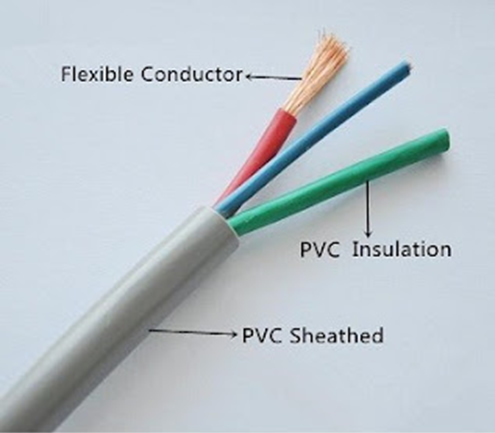
There are five types of wire insulation that are most commonly used for wire harness manufacturing applications. All of them have similarities. However, they are used for different types of projects. Therefore, below we have listed each of these insulation types. Also listed is what they are best used for.
1)Polyvinyl Chloride (PVC)

Found in all of the major types of wire and cable.
Examples include:
Low voltage building wire insulation and jacketing.
Low and medium voltage equipment cable jacketing.
Also, control cable jacketing.
Indoor telecommunications cable.
Automotive wire.
Finally, flexible Cords.
PVC is fire and scratch resistant. Therefore, PVC can resist flames, oils, and sunlight. As well as, ozone pollution. Furthermore, these attributes are why it is considered a “general-purpose” material.
2)Fluorinated Ethylene-Propylene (FEP)
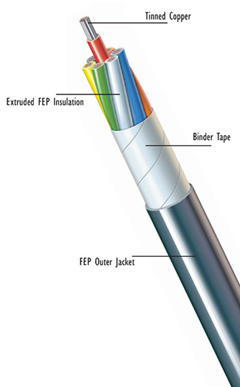
This is a melt-processible copolymer. It is made of tetrafluoroethylene and hexafluoropropylene. Also, FEP has dielectric properties in addition to chemical inertness and heat resistance. This is as well as, being weather resistant. Also, it is tough and flexible.
3)Polyethylene
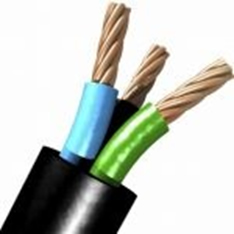
Is lightweight, water-resistant, and is chemically inert.
Different types of polyethylene:
Low-density (LDPE).
Linear low-density (LLDPE).
Medium-density (MDPE).
High-density (HDPE).
Chlorinated polyethylene (CPE).
Cross-linkable polyethylene (XLPE).
Polyethylene is a perfect choice for insulation of wires that will be used in projects that are considered “high voltage”. Especially for things involving radio frequencies, or audio projects. Due to its low dielectric constant, there is a decrease in electrical loss. Also, polyethylene’s low dielectric constant allows for a low rate of electrical charge being stored.
4)Nylon
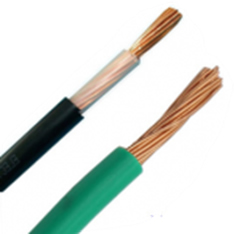
Is a very flexible wire insulation. Also, it is usually extruded over softer insulation compounds.
Several Key components:
Tough.
Strong abrasion.
Additionally, it is chemical resistance.
5)Thermoplastic Rubber
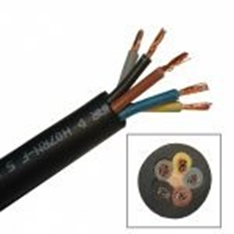
Has the ability to stretch to moderate elongations. Also, it will return to its near original shape. Therefore, creating a longer life. Furthermore, it has a better physical range than other materials
Properties of Thermoplastic Rubber:
Higher processing speeds.
Wider usable temperature range.
In addition to, excellent heat and weather resistance. As well as, age resistance without curing.
For more information